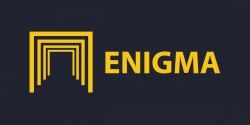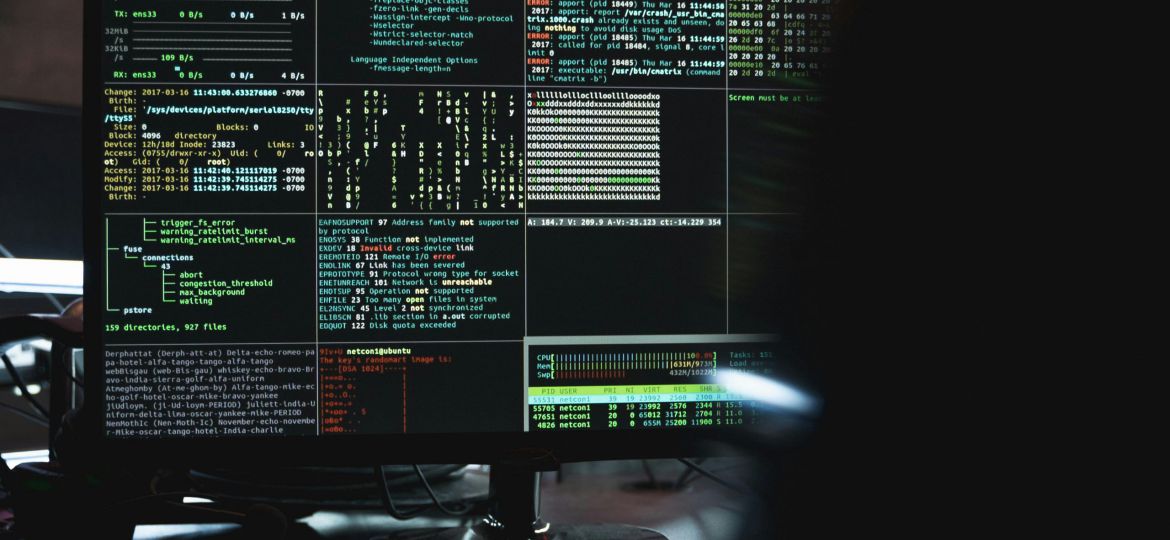Identifying and cataloging Unique Objects in Cultural Heritage involves creating a system that ensures accurate documentation, preservation, and accessibility.
The Unique Object Identifier (UOI) is an international licensing/identification system that serves as the key for accessing interoperable databases with dynamic information on objects. UOI, collects metadata, assigns UOI licenses, and offer other services such as reference linking or metadata lookup. Here are some approaches and technologies commonly used for Unique Object Identification in Cultural Heritage:
The Unique Object Identifier is an international licensing/identification system that serves as the key for accessing interoperable databases with dynamic information on objects.
Barcoding aims to assign each object a unique barcode and create a database linking barcodes to detailed information about each item. A great deal of image-based techniques applied nowadays can be exploited to directly embed metadata on the resulting data and different solutions exist to prevent data and metadata permanent linkage issues, such as barcode integration. Barcodes propose today interesting features (robustness, capacity, ease of use) and a high technology readiness level [1].
Next to barcoding, Radio Frequency Identification (RFID) is popular in inventory management system; it has electronically transmitted information to track the movement of materials. This technology allows for non-contact identification and can be useful in tracking objects within a controlled environment. The most common application of this technology has been in Art Museums and Galleries where the RFID transponder can be easily affixed to the backing board, stretcher, or frame of an artwork without damage. Not only is this technology helpful for the conducting of inventories and tracking object movement, but it is also an effective security tool that can be used to track artwork, notify security of the movement or disturbance of an object, and create an alarm situation if an attempt is made to remove an object from the museum building. One of the benefits of RFID technology over barcodes is the ability to read the transponder without it actually having to be visible to the reader. One of the drawbacks is that metal and water can effectively block the signal if it is between the RFID tag and the reader [2].
Employing QR codes for patrimony and Cultural Heritage digitalizes culture-sharing and heritage site visits. Cultural sites, museums, galleries, and even churches integrate QR codes to improve the experience of domestic and international tourists. QR codes facilitate a faster way of sharing information, making it more appealing to heritage site visitors. They can easily access information about a place’s Cultural Heritage in just a single scan using their smartphone. QR codes can store various types of information and link directly to digital databases [3].
When used as a tool for Cultural Heritage promotion and cultural patrimony preservation, QR codes bridge the physical and digital worlds. Information about tangible and intangible cultures is made available digitally. Moreover, QR codes can create an immersive experience through each scanner’s phone. Cultural site curators can upload a document, image, video, or audio file, customize an HTML page or even embed the link of their website into a QR code [3].
Database Management Systems for Cultural Heritage allow efficient storage and retrieval of information related to cultural objects. This could include details about the object’s origin, history, and any conservation efforts. Database Management Systems are used to manage diverse heritage data (e.g., on the history, value, location, and current condition of cultural heritage), and share this information among interested parties. These systems range in scale from those operated by national governments to those by individual experts. With the development of web technology, it is becoming more possible for similar institutions to create and operate databases, with free online tools or platforms supporting this movement. However, despite these improvements, many challenges remain [4].
The application of Machine Learning (ML) to Cultural Heritage has evolved since basic statistical approaches such as Linear Regression to complex Deep Learning models. Train machine learning models aim to automatically classify and identify objects based on various attributes. This can help speed up the cataloging process and improve accuracy. The question remains how much of this actively improves on the underlying algorithm versus using it within a ‘black box’ setting [7].
Artificial Intelligence (AI) and Cultural Heritage represent a combination that for several years has interested both scientific and cultural institutions regarding the potential of possible interactions and aggregations among the various players in these areas [8].
Artificial Intelligence and Machine Learning offer enormous potential for applications in the digitization and digital curation of Cultural Heritage. But Cultural Heritage institutions have also produced large amounts of digital data that can be suitable to improve AI methods and models. At the same time there are problems and issues with data used in AI industry and research, which frequently lack quality curation and introduce or reinforce biases [9].
The term ‘Cultural Collaborative Platform’ refers to any digital environment that allows audiences to contribute to the construction of knowledge related to cultural objects in interaction with one or more cultural institutions (support of collaborative cataloging efforts). This allows experts from different locations to contribute information and collectively build a comprehensive database. Moreover, citizen participation in Cultural Heritage is particularly facilitated in the digital ecosystem by collaborative platforms. But there are substantial differences between amateur and institutional environments. Neither is neutral: in the former, participation is conditioned by political/ideological visions, in the latter by scientific protocols [10].
When implementing a Unique Object Identification system for Cultural Heritage, it’s essential to consider the specific needs and characteristics of the objects, the available resources, and the long-term preservation requirements. Additionally, ensuring data security, privacy, and standardization are crucial aspects of any system.
All the above solutions are efficient and can be applied to already known and registered objects. One of ENIGMA’s objectives is the development of the novel concept of the Unique Authenticity Identifier (UAI). The UAI will be described by a multi-parametric non-destructive digital composite indicator. The aim of ENIGMA is to use the UAI in order to identify an unknown cultural good by comparing its UAI with the UAIs of known registered cultural goods. The identification solution will provide an easy to read visualization presenting the similarity of the unknown cultural good to known registered ones.
References and resources
[1] Pamart, Anthony, et al., A metadata enriched system for the documentation of multi-modal digital imaging surveys, 2022.
[2] Abdur Rasheed, Digital Technology and Knowledge Management in Museums.
[3] Belle B., How to Use QR Codes for Patrimony and Cultural Heritage, QR TIGER, 2023.
https://www.qrcode-tiger.com/qr-codes-for-patrimony-and-cultural-heritage
[4] International Centre for the Study of the Preservation and Restoration of Cultural Property, Information Data Management and Cultural Heritage.
https://www.iccrom.org/events/information-data-management-and-cultural-heritage
[5] Mohamed, Hebatallah A., Vascon, Sebastiano, Hibraj, Feliks, James, Stuart, Pilutti, Diego, Del Bue, Alessio, Pelillo, Marcello, Geolocation of Cultural Heritage using Multi-View Knowledge Graph Embedding, Lecture Notes in Computer Science book series (LNCS), Volume 13645, 2023.
https://link.springer.com/chapter/10.1007/978-3-031-37731-0_12
[6] UTILITIES ONE, Understanding Heritage Through Geolocation Exploring Cultural Significance using Spatial Data, 2023.
[7] Fiorucci, Marco, Khoroshiltseva, Marina, Massimiliano, Pontil, James, Stuart, Machine Learning for Cultural Heritage: A Survey, 2020.
https://www.researchgate.net/publication/339317426_Machine_Learning_for_Cultural_Heritage_A_Survey
[8] Bordoni, Luciana, Mele, Francesco, Sorgente, Antonio, Artificial Intelligence for Cultural Heritage, Cambridge Scholars Publishing, 2016.
https://cambridgescholars.com/product/978-1-4438-9085-4
[9] Neudecker, Clemens, Cultural Heritage as Data: Digital Curation and Artificial Intelligence in Libraries, 3rd Conference on Digital Curation Technologies, 2022.
[10] Marta, Severo, Collaborative Platforms: Cultural Heritage and Participation, Public History Weekly, 2022.


